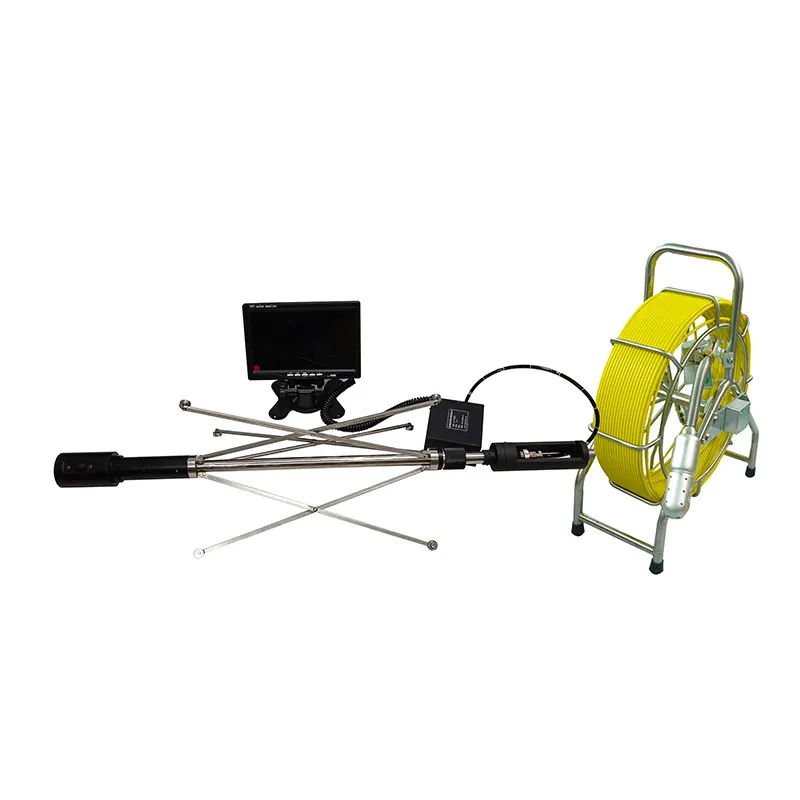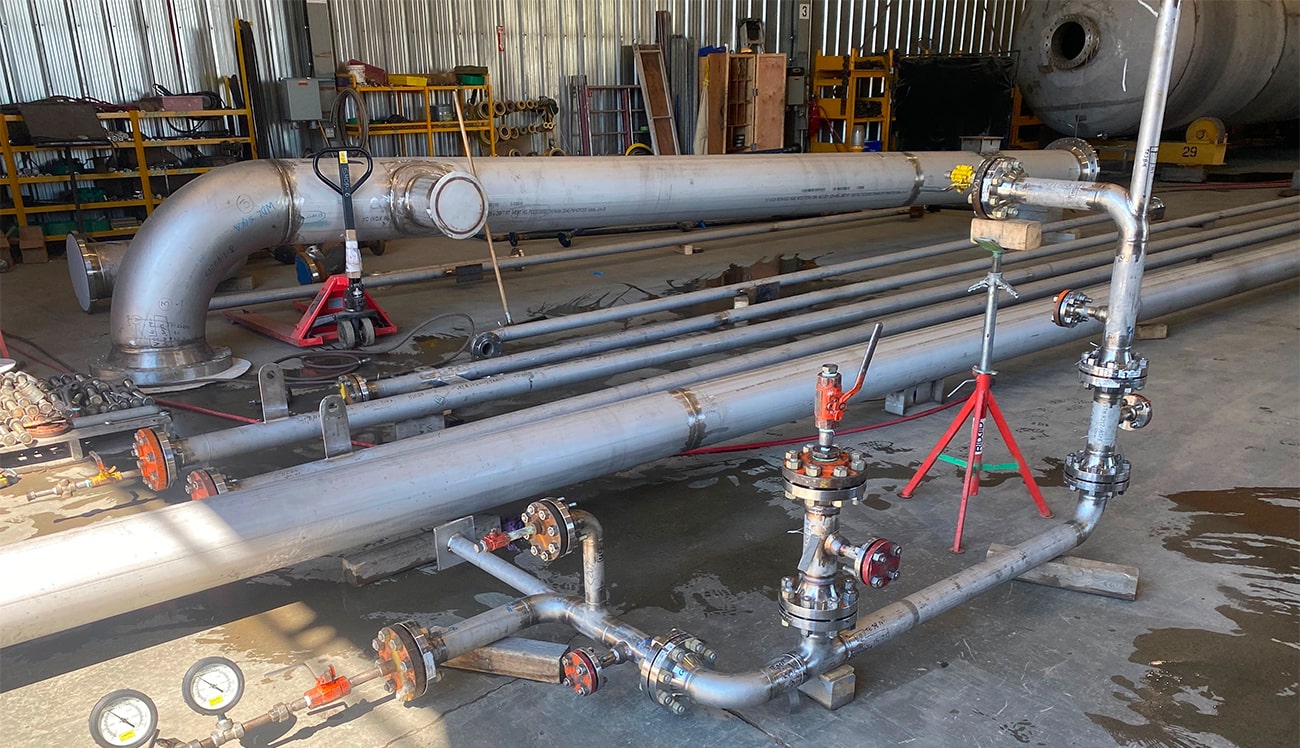Why Pipeline Welding Inspection is Important for Long-Term Pipeline Security
Wiki Article
Comprehending the Basics of Pipe Welding Assessment: Essential Variables for Reviewing Weld High Quality and Fighting Failures
In the world of pipeline welding examination, the stakes are undeniably high, demanding a detailed understanding of essential concepts to ensure weld high quality and mitigate failure threats. Various important factors come into play, consisting of the option of suitable materials, the application of sophisticated inspection methods, and the acknowledgment of prevalent welding problems.Relevance of Weld Quality
The stability of a pipe is basically reliant on the high quality of its welds, making weld high quality a crucial variable in guaranteeing reliable and risk-free procedure. A pipe weld offers as a joint point where products are signed up with, and any deficiencies in this field can cause substantial architectural weak points. Poor weld high quality can lead to leaks, ruptures, and tragic failings, posturing serious safety risks and environmental risks.Numerous variables add to the top quality of a weld, consisting of the selection of welding procedure, the abilities of the welder, and the problems under which the welding is performed - Pipeline Welding Inspection. Insufficient preparation, improper heat input, and contamination can compromise weld honesty, leading to concerns such as porosity, insufficient combination, or fractures. Therefore, stringent quality control measures must be applied throughout the welding procedure to alleviate these dangers
Additionally, the long-term performance of a pipeline is heavily influenced by the toughness of its welds. Top notch welds not only enhance the total toughness of the pipeline however likewise extend its life span, minimizing the requirement for costly fixings and downtime. For this reason, making sure exceptional weld quality is critical in pipe design and upkeep methods.
Trick Inspection Methods
Guaranteeing weld top quality demands the application of efficient assessment methods to determine possible imperfections prior to they cause failures. Pipeline Welding Inspection. Among the most widely utilized techniques are visual evaluation, radiographic screening (RT), ultrasonic testing (UT), and magnetic particle testing (MT) Each technique offers a distinct function and is chosen based on the details requirements of the pipe taskVisual examination is the first line of protection, permitting inspectors to examine surface area conditions, positioning, and total workmanship. It is a fast and cost-effective method that can expose noticeable defects. Radiographic testing supplies a detailed view of interior weld honesty by utilizing X-rays or gamma rays to spot subsurface problems. This strategy is specifically effective for identifying splits, incorporations, and gaps.
Ultrasonic screening utilizes high-frequency acoustic waves to examine the density and honesty of welds, making it excellent for detecting internal suspensions. Magnetic particle screening is a reliable approach for recognizing surface area and near-surface defects on ferromagnetic materials by applying magnetic fields and great ferrous bits. By using these key inspection strategies, pipe welding examiners can ensure the best quality requirements are maintained, inevitably causing safer and a lot more trusted pipeline systems.
Common Welding Flaws
Amongst the most widespread flaws are porosity, which occurs when gas entraps in the weld metal, developing spaces that damage the joint. Another considerable over here concern is lack of fusion, where the weld metal does not adequately bond with the base material, jeopardizing the joint's toughness.
Splits are additionally a vital problem, manifesting in various forms such as hot fractures, cool splits, and root cracks. Each type presents one-of-a-kind obstacles and requires details evaluation methods for detection. Undercut is another flaw that can lower the weld's cross-sectional location, leading to tension concentration factors, while slag incorporation takes place when non-metallic product comes to be entraped in the weld swimming pool, detrimentally affecting the mechanical buildings of the weld.
Additionally, incorrect grain shape can cause unequal anxiety distribution. Acknowledging these common defects is important for welders and inspectors alike, as early detection and modification are important to guaranteeing the longevity and reliability of pipe systems.

Products and Their Impact
Picking the proper materials for pipeline welding dramatically influences the overall efficiency and integrity of the welded joints. The choice Learn More Here of base metals, filler materials, and finishings plays an essential function in establishing the strength, corrosion resistance, and toughness of the welds. For example, carbon steel is commonly utilized for its equilibrium of toughness and price, however it might be at risk to corrosion in certain atmospheres, requiring the usage of corrosion-resistant alloys or protective finishings.Additionally, different metal welding requires cautious consideration of thermal growth buildings and possible galvanic deterioration. The compatibility of products can greatly affect the microstructure of the weld, leading to variations in mechanical residential or commercial properties. For instance, stainless steel offers excellent corrosion resistance but might call for details filler products to make sure a sound weld joint.
Additionally, the impact of temperature level and ecological conditions on material selection can not be underestimated. High-strength steels might shed ductility at elevated temperatures, while low-temperature applications might require products with enhanced sturdiness. Ultimately, recognizing the effects of material options is crucial for achieving optimal weld quality and protecting against failings in pipeline systems.

Governing Requirements and Conformity
Regulative criteria and compliance play an essential function in pipeline welding, developing the framework within which safe and efficient techniques are kept. These criteria are created by numerous companies, consisting of the American Culture of Mechanical Designers (ASME), the American Welding Culture (AWS), and the Pipe and Hazardous Materials Security Administration (PHMSA) Sticking to these policies guarantees that welding procedures meet the called for top quality and safety and security standards.
Conformity with regulatory criteria is essential not only for ensuring the honesty of the welds yet likewise for safeguarding the environment and public safety and security. Assessors are charged with verifying that Resources welding procedures adhere to these requirements through rigorous examinations of both the procedures and the last welds. This includes reviewing welder credentials, welding treatments, and the materials made use of.
Failure to comply with well-known guidelines can result in substantial consequences, including costly fixings, legal liabilities, and disastrous failures. Consequently, organizations must incorporate compliance into their functional methods, fostering a culture of safety and top quality. Routine training and audits are critical elements in maintaining adherence to these regulative criteria, making sure that all employees are knowledgeable and outfitted to support the highest degree of pipe welding quality.
Conclusion
In verdict, a thorough understanding of pipe welding examination is essential for making certain weld top quality and protecting against failings. By using crucial assessment methods and acknowledging typical welding problems, inspectors can properly examine the integrity of welds.
In the realm of pipeline welding assessment, the risks are undeniably high, demanding a comprehensive understanding of essential principles to ensure weld high quality and alleviate failure dangers (Pipeline Welding Inspection).The integrity of a pipe is essentially reliant on the top quality of its welds, making weld high quality a crucial factor in making sure efficient and secure procedure.Several elements add to the quality of a weld, consisting of the option of welding process, the abilities of the welder, and the conditions under which the welding is executed. Undercut is one more problem that can lower the weld's cross-sectional location, leading to stress focus points, while slag incorporation occurs when non-metallic product becomes entraped in the weld pool, detrimentally affecting the mechanical homes of the weld
In conclusion, a detailed understanding of pipeline welding evaluation is essential for making sure weld top quality and avoiding failings.
Report this wiki page